Timeline of Garden Design
43–410Roman
We know little about what gardens in Roman Britain may have looked like because very few have ever been excavated. However, it’s likely the Romans brought their garden designs with them from Italy, undoubtedly having to adapt them to suit the British climate. Archaeology in Italy reveals that gardens were typically laid out in an enclosed courtyard. They included spaces for dining as well as statues, fountains, pools and plants. In the wider landscape there were productive areas which may have included orchards, vineyards and olive groves.
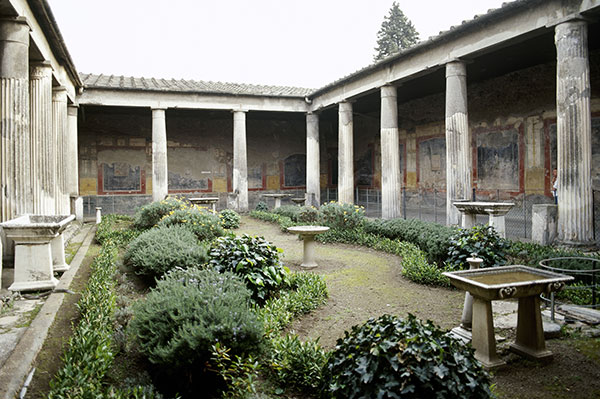 The House of Vetti in Pompeii, Italy, with the garden reconstructed as it may have appeared in the 1st century AD. © PRISMA ARCHIVO / Alamy Stock Photo
The House of Vetti in Pompeii, Italy, with the garden reconstructed as it may have appeared in the 1st century AD. © PRISMA ARCHIVO / Alamy Stock Photo
1066–1485Medieval
Medieval gardens were not only used as places to grow fruit, vegetables and medicine, but also as places for recreation and contemplation. Small gardens could be found within castle walls with lawns, arbours and flower borders. Outside the castle, large areas were designed for entertainment and hunting, often including large buildings to host the festivities. In monasteries, monks grew plants for food, medicine and use in church services.
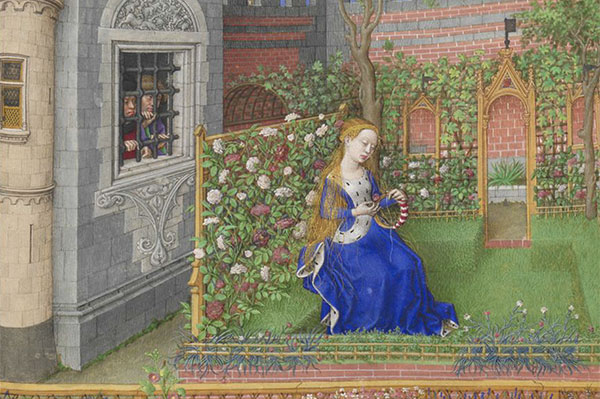 Illustrations of idealised medieval gardens such as this one provide insight into how such gardens might have looked. Detail of Emilia in her garden from La Teseida by Giovanni Boccaccio. © Osterreichische Nationalbibliothek
Illustrations of idealised medieval gardens such as this one provide insight into how such gardens might have looked. Detail of Emilia in her garden from La Teseida by Giovanni Boccaccio. © Osterreichische Nationalbibliothek
Explore More
-
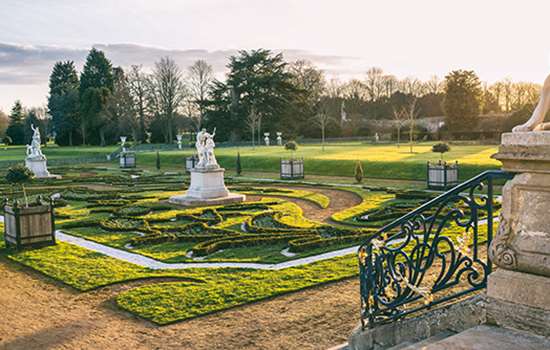
Visit our Gardens
Find beautiful gardens to visit and learn more about the history of gardens through the ages.
-
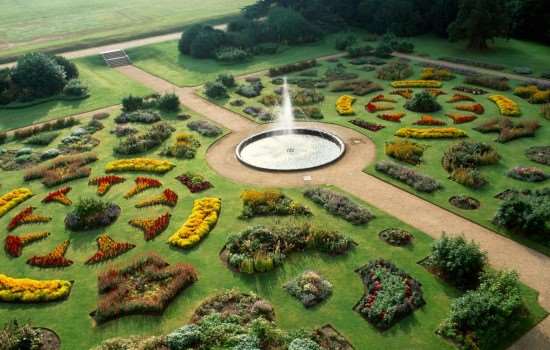
Perfect Parterres
Learn more about the parterre gardens at our sites. These formal gardens are distinguished by their ornamental arrangement of flowerbeds laid out in intricate designs.
-
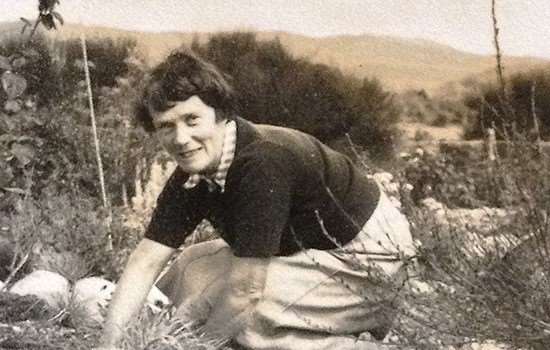
Weeding Women: Shaping England's Gardens
Explore the unsung role of ‘weeding women’ in the history of English gardens, and the difficulties of tracing their stories.
-
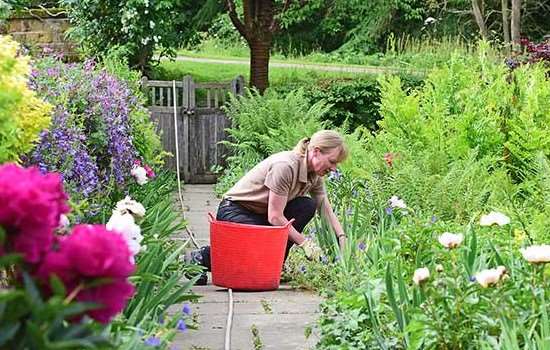
Caring for our Gardens
Learn more about the important work that our gardens team are doing to care for and protect our historic gardens and landscapes.

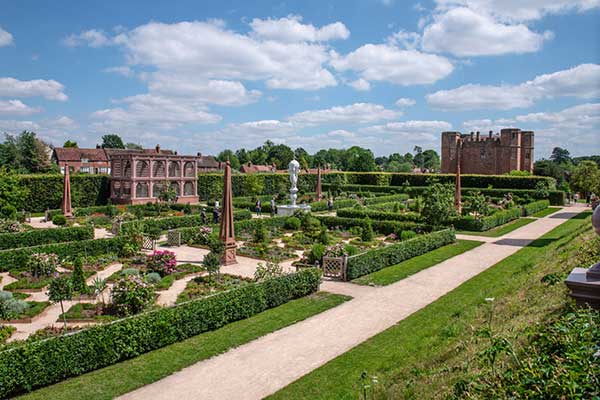 The recreated Elizabethan garden at Kenilworth Castle, Warwickshire
The recreated Elizabethan garden at Kenilworth Castle, Warwickshire  A reconstruction showing the parterres in the West Garden at Kirby Hall, Northhamptonshire, as it may have appeared in the 17th century. © Historic England (illustration by Luís Taklim)
A reconstruction showing the parterres in the West Garden at Kirby Hall, Northhamptonshire, as it may have appeared in the 17th century. © Historic England (illustration by Luís Taklim) 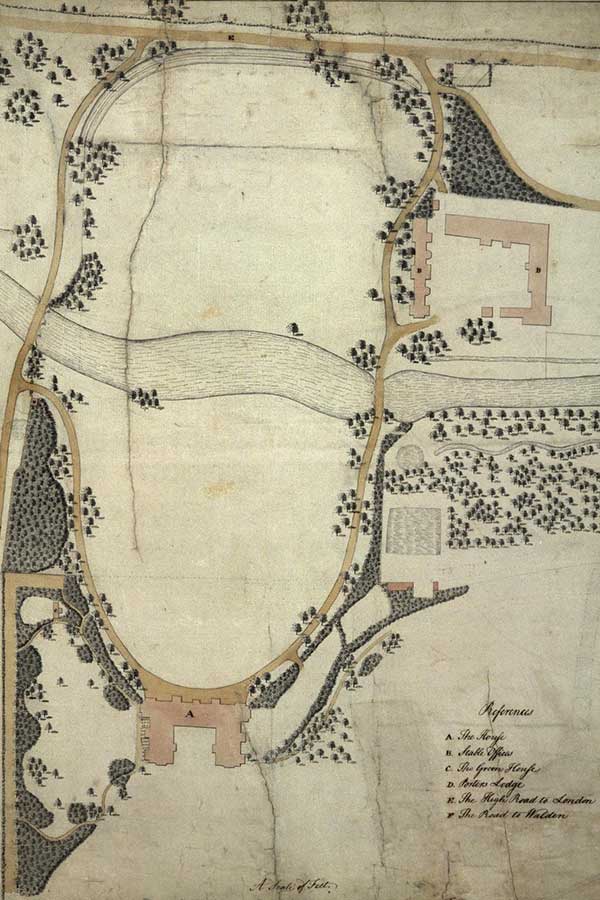 Capability Brown’s 1762 design for the landscape at Audley End, Essex
Capability Brown’s 1762 design for the landscape at Audley End, Essex Repton produced a design for Kenwood, north London, in the 1790s. This engraving shows the landscape in 1825. © Look and Learn/Peter Jackson Collection/Bridgeman Images
Repton produced a design for Kenwood, north London, in the 1790s. This engraving shows the landscape in 1825. © Look and Learn/Peter Jackson Collection/Bridgeman Images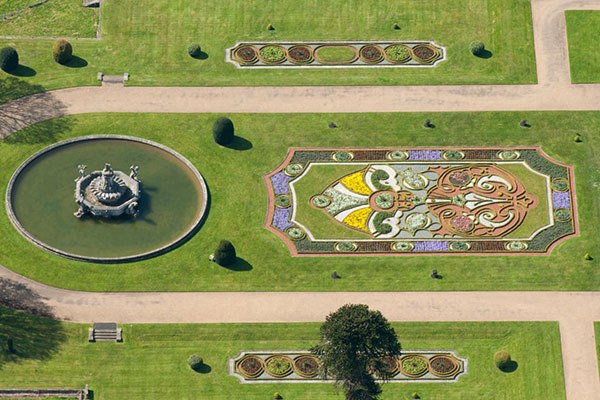 The east parterre at Witley Court, Worcestershire, from the air
The east parterre at Witley Court, Worcestershire, from the air  The Rose Garden at Eltham Palace, south-east London, a garden designed in the Arts and Craft style, photographed in 1937. © Alfred E. Henson/Country Life Picture Library
The Rose Garden at Eltham Palace, south-east London, a garden designed in the Arts and Craft style, photographed in 1937. © Alfred E. Henson/Country Life Picture Library